Tesla Roadster:Cutting-edge future, or a work of fiction?
The second iteration of the Roadster was always on the cards, but no one imagined that it would have such surreal stats! The financial and industrial aspects of this Californian automaker deserve attention, but, at the same time, there’s no stopping Elon Musk and his ambitious projects.
The second iteration of the Roadster was always on the cards, but no one imagined that it would have such surreal stats!
The financial and industrial aspects of this Californian automaker deserve attention, but, at the same time, there’s no stopping Elon Musk and his ambitious projects. The unveiling of the new Roadster is perhaps the most exciting prospect for Tesla’s future. If Musk manages to bring this car to the market by 2020, it’ll definitely change the rules of the game. What’s notable is that its range will be 1,000-kilometres. What’s more, it’ll have an astonishingly vast range of capabilities, especially its performance – 0 to 100km/h in 1.9 seconds and a top speed of over 400km/h. Difficult to believe, isn’t it?
A difficult past
Let’s start by remembering that only Bugatti, among the cars in regular (exclusive) production, are capable of reaching such monstrous speeds. The memory of the tormented development of the Veyron in the early 2000s is still fresh. After all, it was the first model to breach the 400km/h mark. Bugatti had to face challenges of epic proportions to achieve this seemingly impossible feat. Why impossible? You see, as the speed increases, so do the problems. Aerodynamically, the car must have an inch-perfect design, and mechanically, ‘rolling resistance’ should be as little as possible, which of course requires a lot of hard work from the engineers. Aerodynamic drag is another factor to consider. For example, to go from 50 to 100km/h, it requires nearly 25bhp over the already available horsepower. Now imagine the amount of poke needed to push a car from 350km/h to 400km/h. From what we understand, and are told, it requireds anywhere between 550bhp to 1,000bhp to push the car to the desired speed!
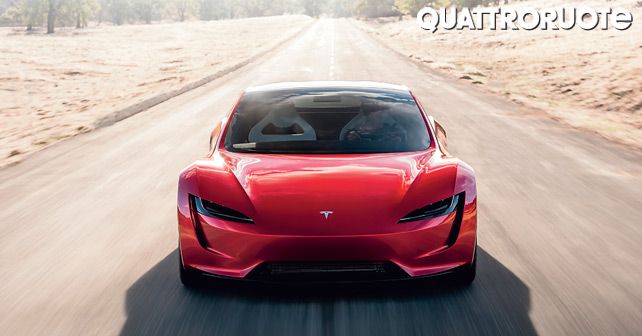
The graph on the next page is enough to give Musk and his engineering team sleepless nights. After reworking the data at our testing centre, it’s clear that over 1,000hp is required to reach 400km/h. The two curves in the graph show the demand for horsepower as a function of speed. The white line represents the aerodynamics of a hypercar as compared to the yellow line, which is that of a normal super sports car. And the prototype of the Roadster, as will become clear, still seems rather uneven – aerodynamically speaking.
Power isn’t everything
Let’s now move on to its next seemingly impossible feat – the claim that it can reach from 0 to 100km/h in 1.9 seconds. Here, too, a brief theoretical introduction is needed. The acceleration of a car has many variables, such as the power available, mass of the car and traction. Using the data of the Test Center, we were able to draw another graph to understand the requirements. Each point on the graph represents an intersection between the weight/power ratio and the time taken to reach 100km/h.
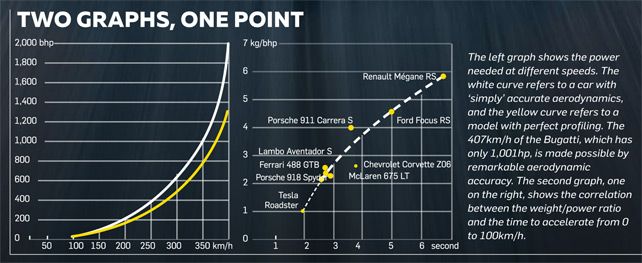
You see, power is not the only factor responsible for a car’s acceleration. As already demonstrated by ‘traditional’ supercars, the real bottlenecks to acceleration are traction and tyres. For instance, irrespective the amount of horsepower you add, the Lamborghini Aventador S won’t take any less than 2.85 seconds to get to 100km/h. Similarly, the Porsche 918 Spyder accelerates from 0 to 100km/h in a matter of 2.56 seconds, and even though it has 887 horses, it’s not the horsepower that does the trick – it’s all about better grip management.
The surprise element
Let’s go back to the Roadster, for which the graph is clear. To reach 100km/h in under two seconds, the weight of the car should not exceed 1,000kgs. A figure that is, at the very least, difficult to achieve, since the car will have a 200kWh battery on-board to give it a range of 1,000 kilometres. As of today, such a battery pack alone will weigh over 1,300kgs, for the accumulators have an average energy density of 150 watt-hours per kilogramme. Within a couple of years, the most rosy and realistic forecasts say that this value can rise to 250 watts. It means that the weight of the battery pack could come down to 800kgs. Sure, that’s a great thing. But then to achieve the figure of 1,000kgs, the rest of the car will have to weigh just 200kgs – a feat simply impossible to achieve. At this point, then, there are only two possibilities – either Musk’s claims, as great as they sound, are empty, or he has something really special in store in terms of battery management. Who knows, maybe he’s borrowed some special formula from the SpaceX. Well, we’ll have to wait – for all of this will only be answered in 2020.
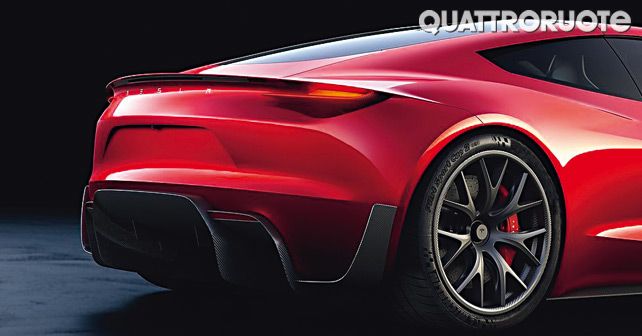
Here’s a closer look at the diffuser, which doesn’t appear to have active flaps to reduce resistance. These would be useful towards achieving maximum speed.
AERODYNAMICS
At 400km/h, the Roadster will still have great style
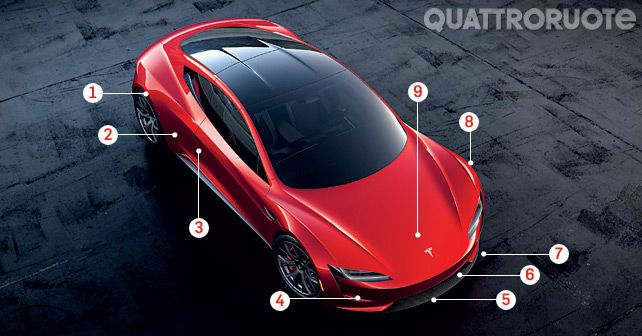
1. Style
The design of the roadster is something that you can’t complain about. It looks striking from all angles. However, technically speaking, it seems unlikely that a car with such a tapered and well formed rear-end will be able to manage turbulence at speeds over 300km/h.
2. Fresh air
Given the performance claims, huge air inlets will be required to cool the rear brakes.
3. Traction
On the sides, the bodywork will have to include modifications to help channel its aerodynamic flow to create more downforce.
4. Details
More air channels would be needed to direct the airflow accurately.
5. Splitter
The shape and dimensions of the splitter seem inadequate for a 400km/h car.
6. Too small
The radiator grille, which ensures that the electronics remain at less than 60°C, appears too small.
7. Under-body airflow
There seems to be no real air intake dedicated to the under-body, which would be needed in order to energise the rear diffuser.
8. Clean forms
There are no air vents on the fenders, which are often present on supercars. Their presence would help create the necessary vertical load.
9. Vents
In order to achieve the required downforce, the bonnet will need to have outlets from the radiators to cool the batteries, electric motors and other electronic components.
© Riproduzione riservata
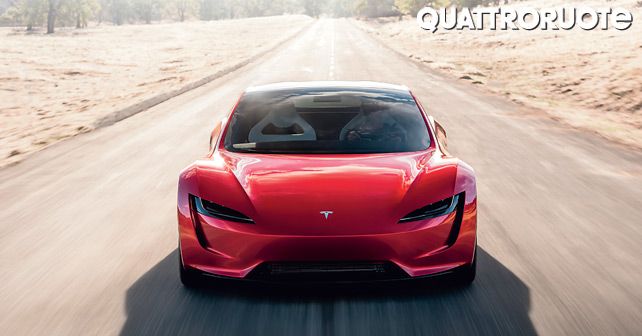
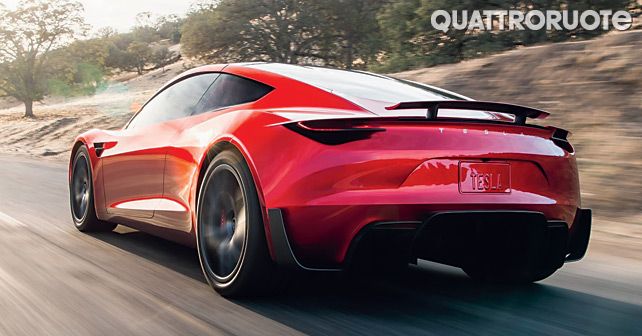

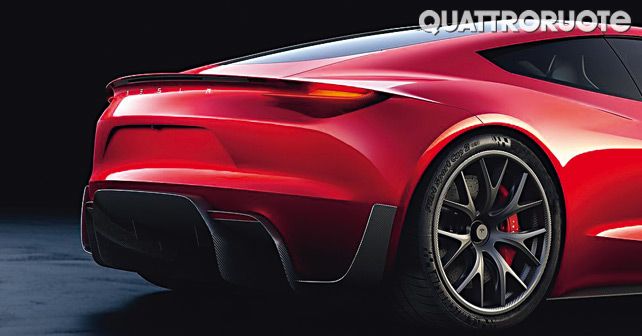

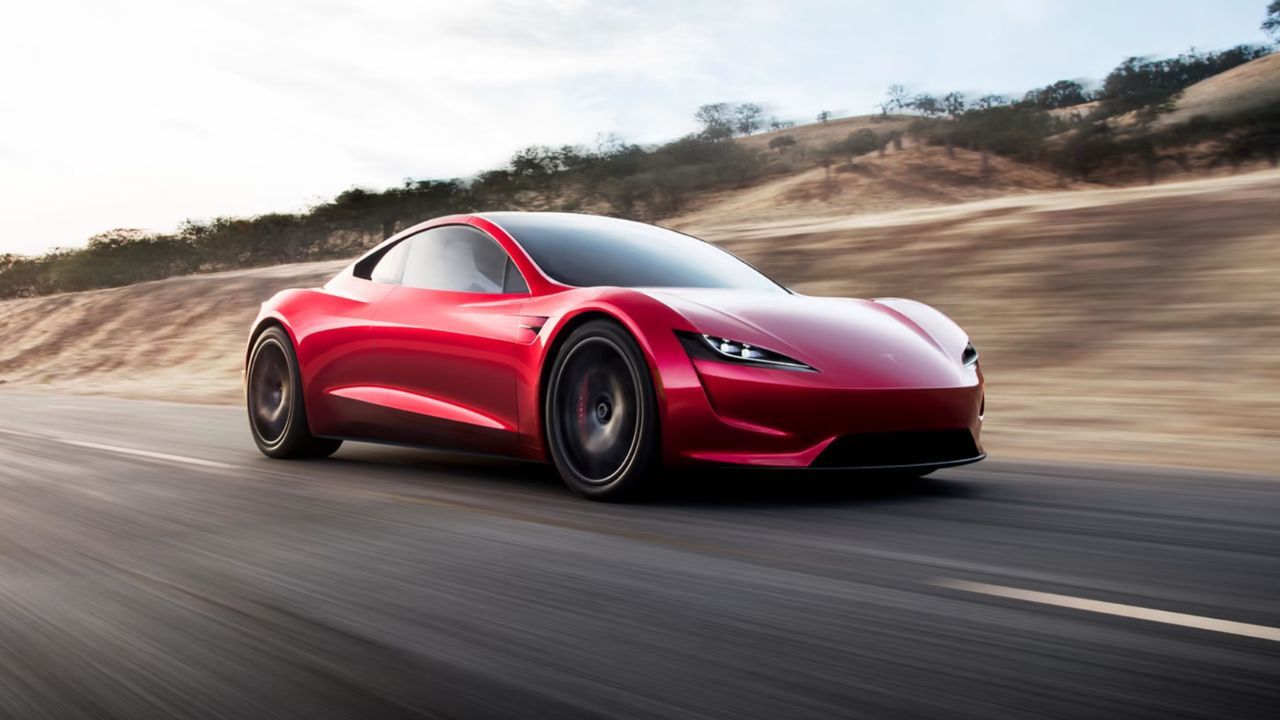
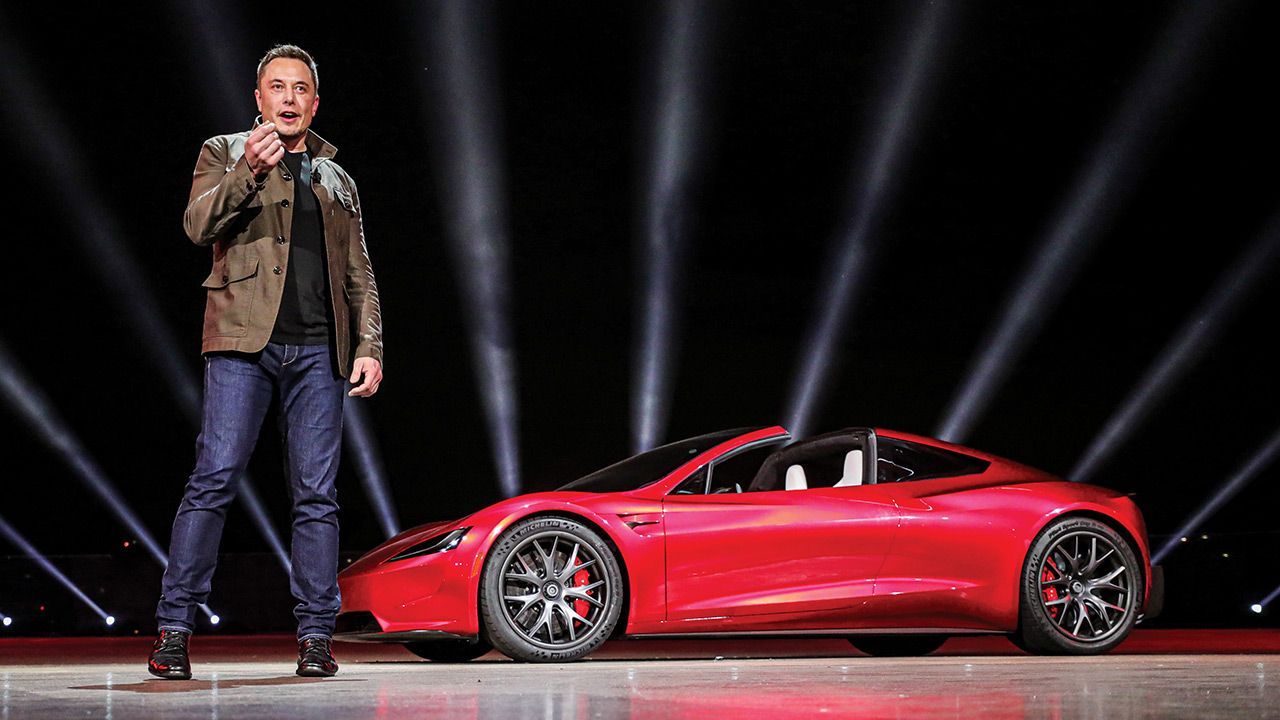
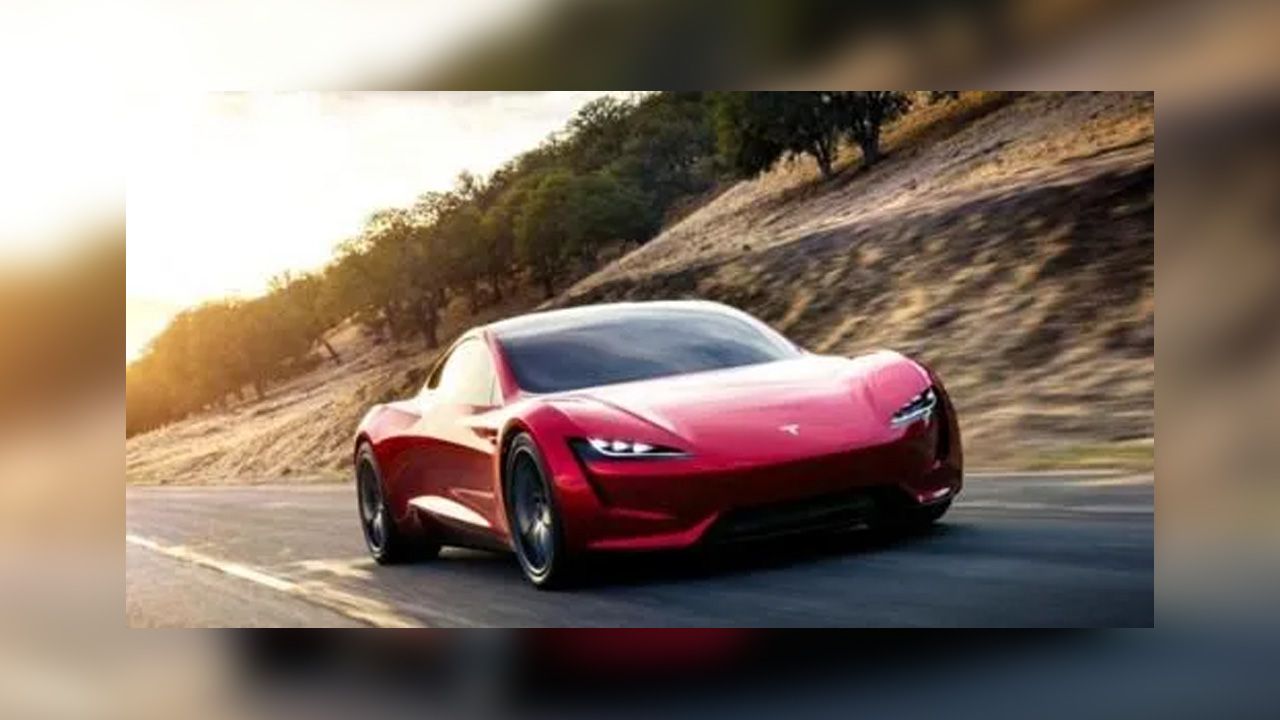
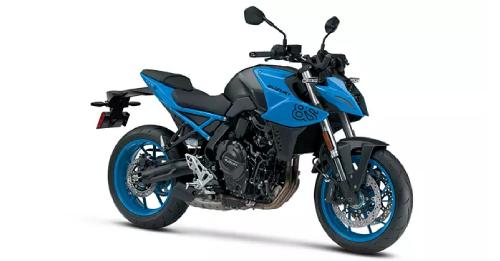
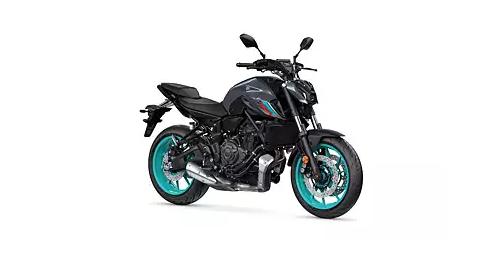
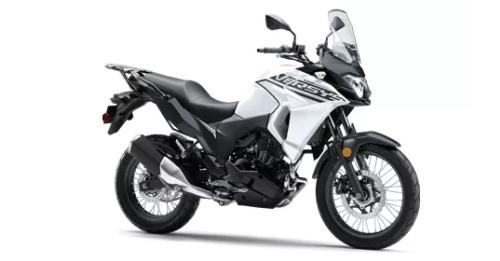
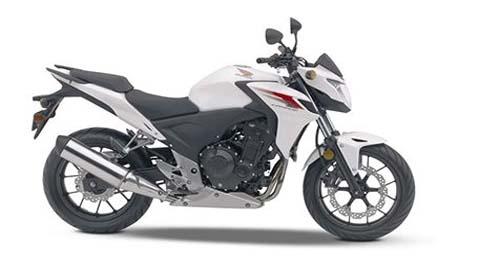
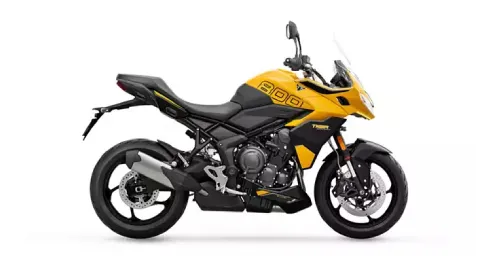
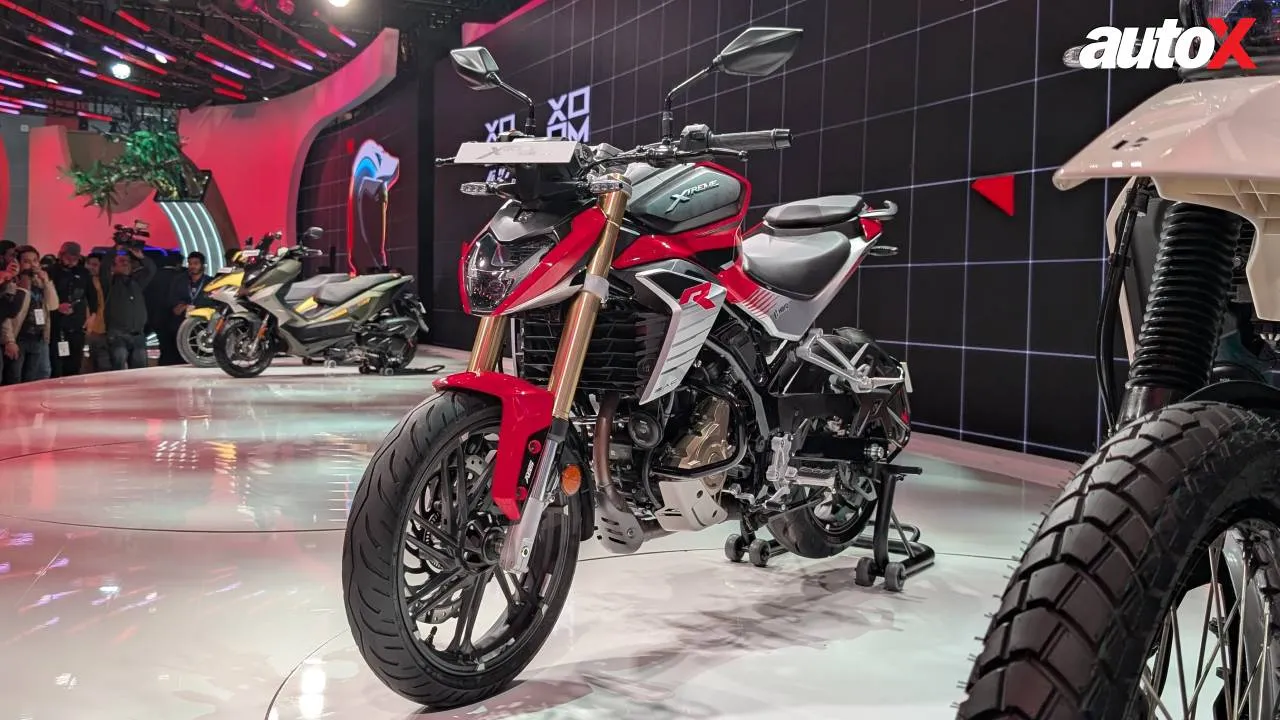
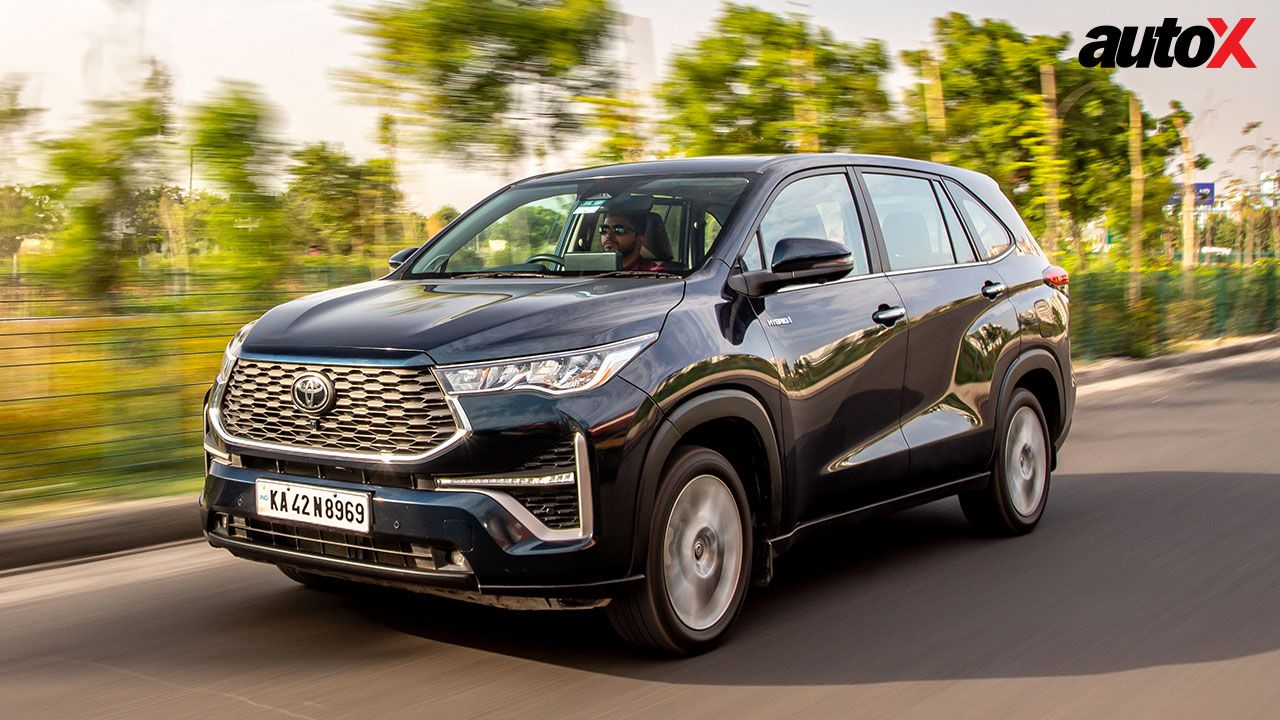
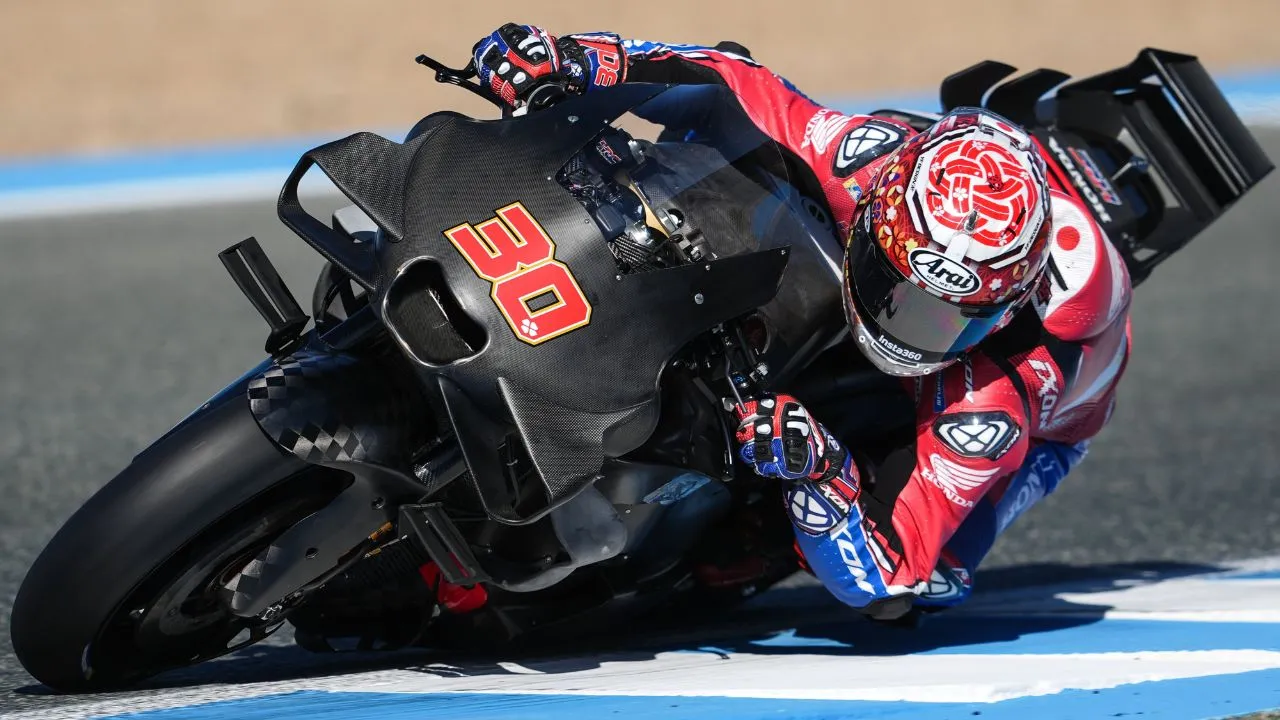
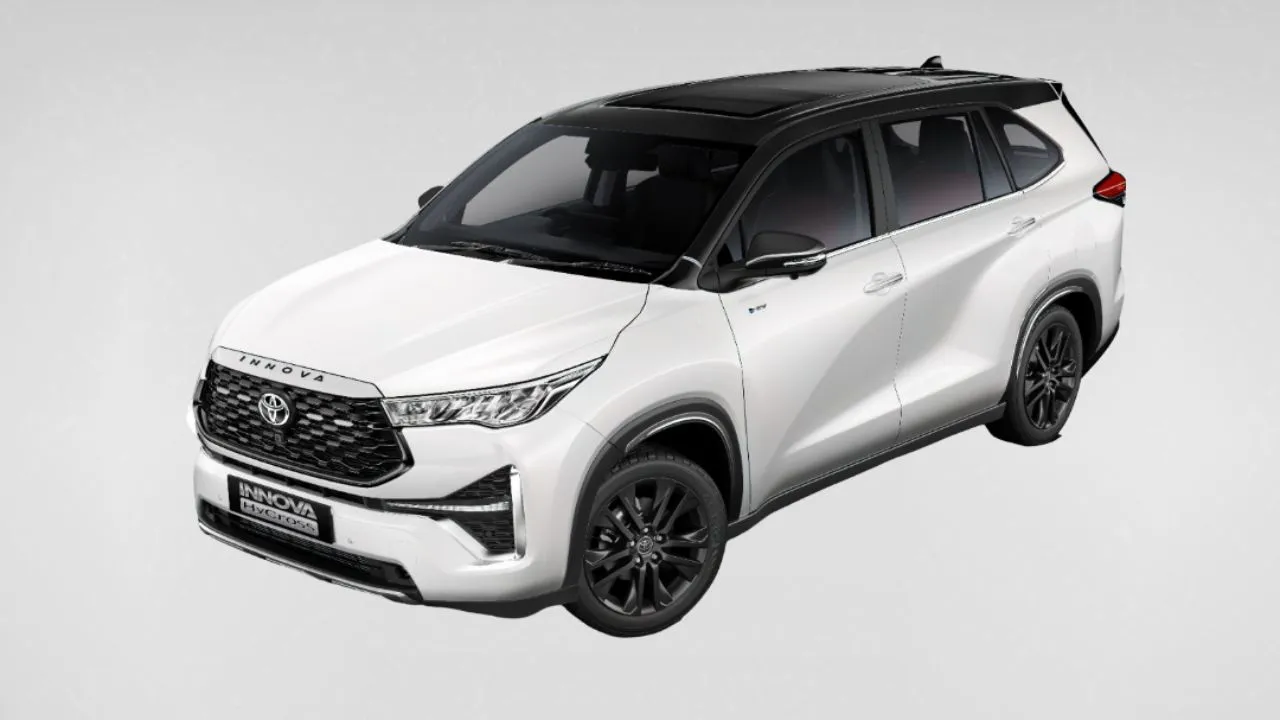
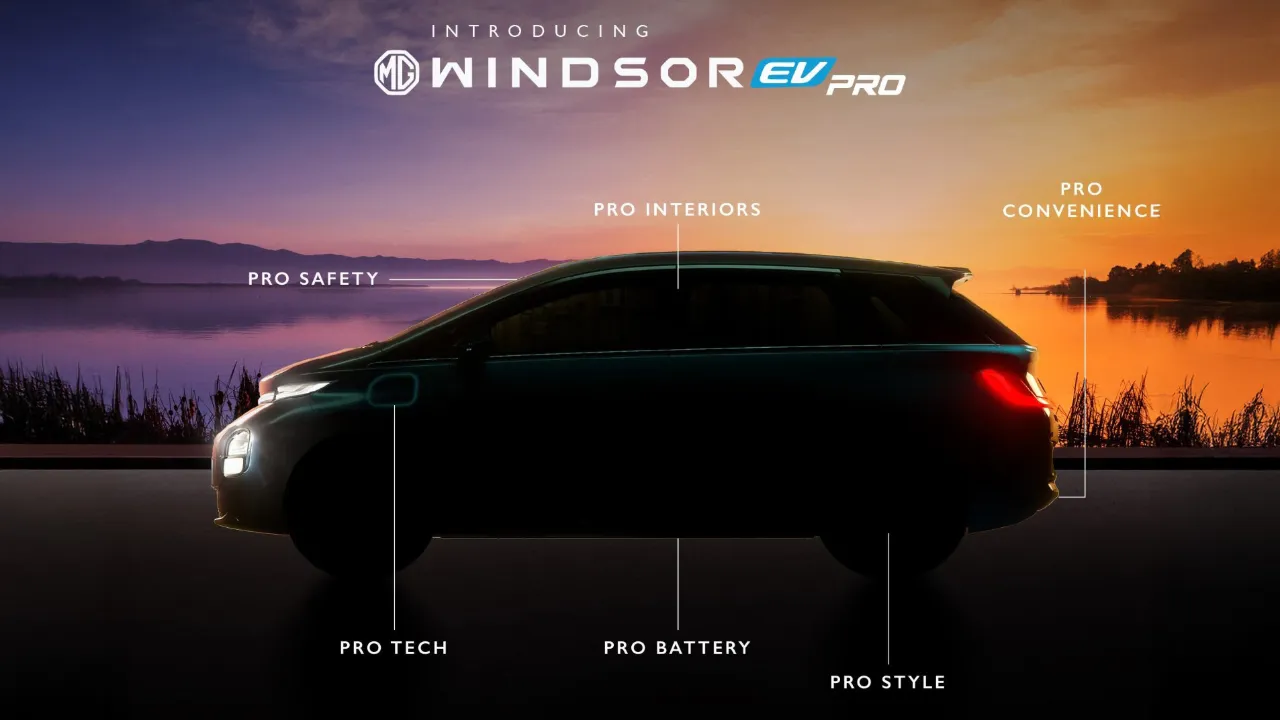
Write your Comment on